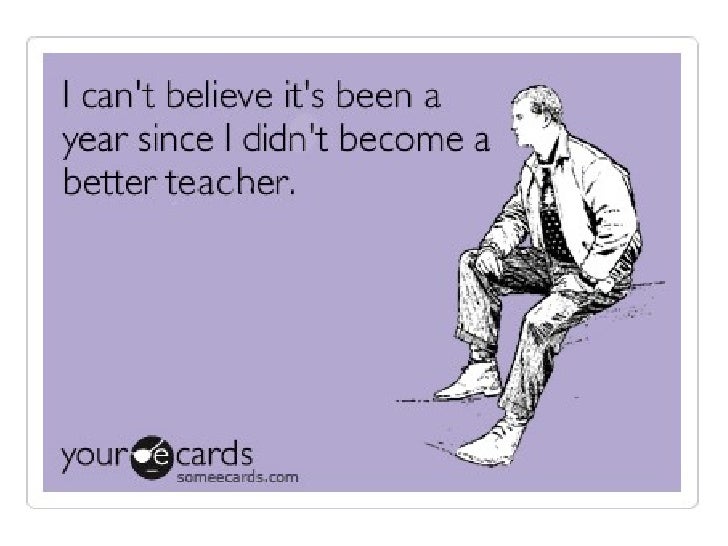In this post, I would like to revisit the learning outcomes for the Critical and Reflective Practice in Education to determine whether or not I have achieved them. During this process, I will be addressing the two dimensions of criticality: depth and breadth (Thompson & Thompson, 2008).
Before I start my self-assessment of the prescribed learning outcomes, I would like to post the learning outcomes for Lorayne's course below:
Learning Outcomes
1. Using technology locate, organize, analyze, and critically examine foundational theory and
research on teaching and learning in digital contexts, critical theory, and reflection. Apply these
understandings to construct a definition of critical, reflective practice.
2. Compare specific educational strategies based on current research and theory of teaching and
learning and reflect on how these strategies have impacted personal learning in the past and are
impacting personal learning presently.
3. Take on the persona of a critical, reflective practitioner and reflect on your learning in this course,
interrogating its instructional design and assessment strategies.
4. Collectively and individually participate actively in learning and reflection by analyzing and reflecting
continuously on learning in digital contexts (such as online learning).
5. Through participation in this course and other activities, reflect on personal growth as a critical,
reflective practitioner.

Through the core readings, I've been able to understand what is meant by a critical, reflective practitioner. In particular, the ideas of Dewey (1933) and Schon (1992, 1995) have provided me with a solid framework for how a professional can reflect upon past experiences and improve his/her current practice by blending theory and practice together. This has allowed me to spread my roots which is represented in the picture of the tree above.
Together with Lorayne's teachings and her participatory exercises about mindfulness and different ways of learning (including somatic and/or body learning) have resulted in the alternation of my own educational strategies to account for the "whole" individual and to become more cognizant of learner-centered education. I'm starting to understand that there are alternative forms of data representation out there and that I should be more conscious of those mediums to allow my students to express themselves.
The criticisms of Schon,offered by Kotzee (2012), Thomposon & Pascal (2012), among others, have allowed further insight to understanding the nature of social practice and to go beyond thinking about "practice" in a general way. I feel that, over the past 12 weeks my roots have continued to grow deeper which has only been further nurtured by excellent class participation.
Through the group work and assignments, I have been able to actively discuss, analyze, reflect and expand upon the ideas in the readings and learn from the authentic working contexts and critical incidents other participants have brought forward during the course. It is through this kind of open dialogue that we've been able to expand on my own ideas and gather new insights. In this course, I have also been able to learn about the levels or types of reflection (Van Manen, 1977, Larrivee 2008) and the ideas of depth and breadth brought forward by Thompson & Thompson (2008),
shown below:
 I agree with Thompson & Thompson, in that one has to dig deeper or look under the surface to look at the assumptions we have and then consider how they fit into society as a whole. Of course, there are always power relationships at play which should not be ignored and/or excluded. To engage in this kind of discussion the class has had to engage in higher order thinking (HOTs) skills present in the
I agree with Thompson & Thompson, in that one has to dig deeper or look under the surface to look at the assumptions we have and then consider how they fit into society as a whole. Of course, there are always power relationships at play which should not be ignored and/or excluded. To engage in this kind of discussion the class has had to engage in higher order thinking (HOTs) skills present in the upper hierarchy of Bloom's Taxonomy - namely to be able to analyze, evaluate, and create.

I would like to give you a clear example of when I was able to reflect upon my current practice, investigate assumptions and power relations, and use HOTs. It was when I had to analyze, as part of our groups Critical Incident, the current orientation services provided for international students at Algoma. By doing so, our group was able to evaluate what other institutions are doing and then revamp our current programming to better suit the needs of our diverse student body.
Lastly, as evidenced in my individual learning log, I have been able to continue my growth as a reflective practitioner by making continual connections between theory and practice. In this sense, I'm becoming more of an active participant in my own learning, willing to question (or validate) the knowledge and skills and experience which I'm currently using at Algoma.
I believe the Lorayne's teachings have also helped be to become more open-minded, as an individual, and to have a more inquiring approach to learn from the experience of my co-workers.
In summary, I feel that I've had considerable growth throughout this course, which I will keep with me throughout the rest of my professional practice.
I'm very appreciative of Loryane's teachings and the input I received from my colleagues.








